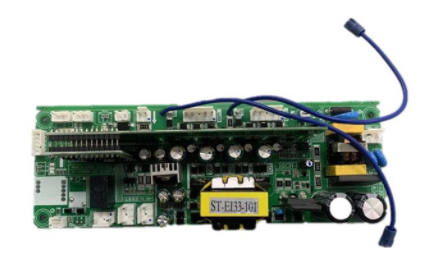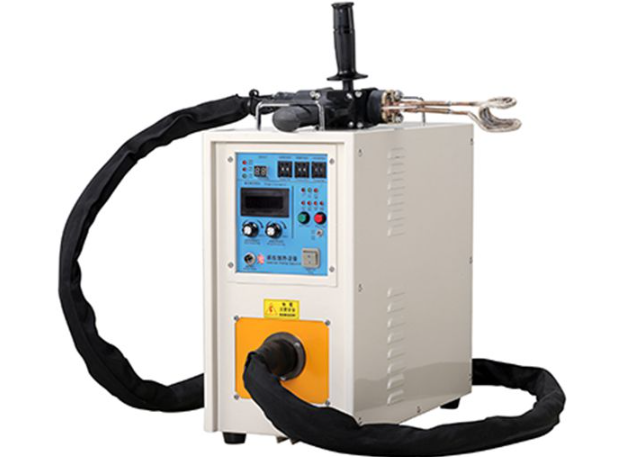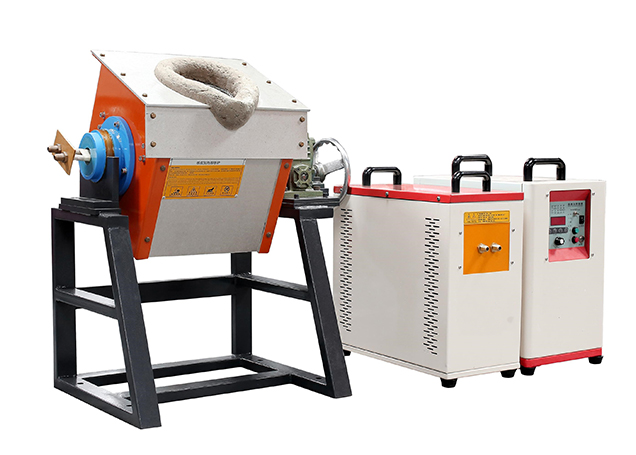Induction heating systems are not as complicated as one might think, and they are incredibly versatile. To get the most out of the system, it's critical to choose the right system for your application and requirements. Here are eight factors to consider when purchasing an induction heating system for your home.

1. Resistivity
Highly resistive metals such as steel absorb less heat, while metals with lower resistivity such as copper require more heat. Induction will heat the material directly, while non-conductive materials must be heated with a conductive base. Hysteresis will allow magnetic materials to be heated efficiently compared to non-magnetic materials, so non-magnetic materials require more power. This is why the material of the part must be considered and the conductor purchased accordingly.
2. Heating Penetration Depth
Induced currents are strongest at the surface of the part. In fact, more than 80% of the heat generated by a part is generated in the "skin" or surface. Therefore, larger parts and parts that require penetration heating require more time to heat than those that are thin or small.
3. Operating Frequency
Lower frequency, higher power systems are usually suitable for heating larger parts that need to be heated through. Lower power, higher frequency systems are usually the right choice for surface heating. In general, the higher the frequency, the more shallow the heating of the part.
4. Application Power
The output power of the induction heating power supply determines the relative speed at which the part is heated. Consideration needs to be given to the mass of the part, the temperature increase, and the heat loss due to convection and conduction. Often, the induction equipment manufacturer can help you with this assessment.
5. Need for Heat Rise
Induction produces significant temperature changes, but generally more power is required to accommodate the significant temperature changes, which will affect your power supply selection. The rate of temperature change will also affect your power supply selection. The faster the rate of change, the greater the power requirement.
6. Coil Design
Your typical coil is made of copper and is usually water-cooled. It is important to point out the ideal coil to match the shape of the part and to consider the process. It will provide the correct heating pattern in an efficient manner, while a poorly made coil will provide slower heating and incorrect heating patterns. There are flexible coils on the market that work well with unique part geometries. An optimized coil design will maximize the efficiency of your induction power supply.
7. Climate
This is one of the obvious issues, but worth mentioning. High power thermal induction may not be required in hotter climates. Likewise, low power induction systems in cold climates may become useless. Consider your usage and how much heat you need to provide. Homes tend to use much less heat than activities such as welding, but this may vary depending on the size of your home.
8. Your Facility
Induction requires a chiller or cooling system for cooling. Low-power systems typically require compact water-to-air heat exchangers, while high-power systems may require larger water-to-water heat exchangers or chillers. In addition, you will need to allow space for the induction heating power supply and table.
If you want to know more information about induction heating, please contact us. We will provide professional answers.








